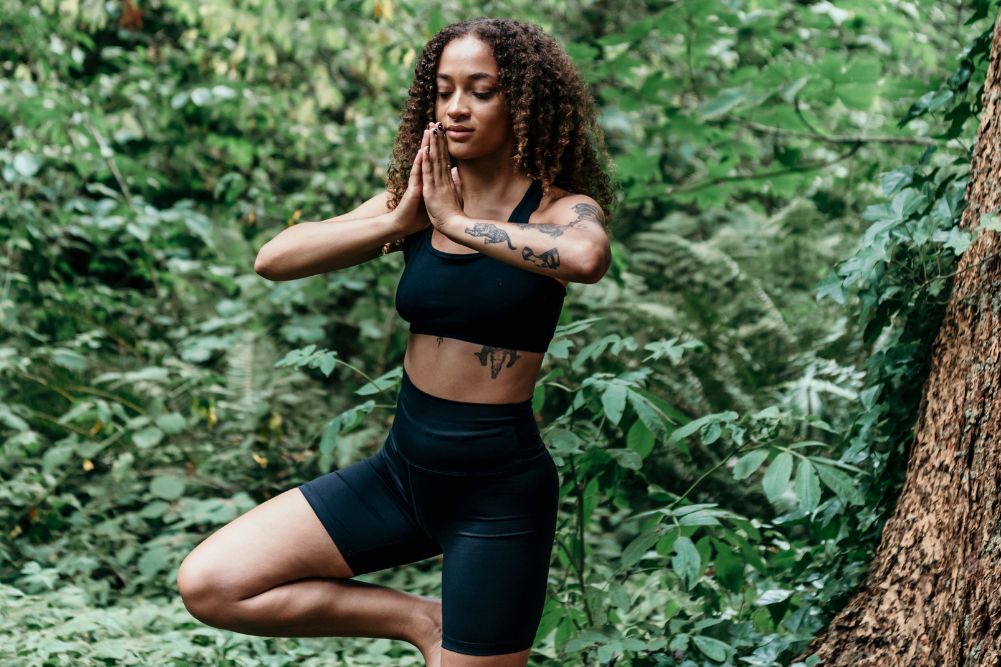Techniques used in aromatherapy
Aromatherapy involves the use of plant aromatics for the holistic healing of mind, body, and spirit. Aromatherapy oils can be prepared and used in a variety of ways to serve different purposes.
Massage
Massage therapy is the most common method associated with aromatherapy. The oil will be diluted and mixed with a base or carrier oil. An aromatherapist will usually create an individual blend to suit the patient and address any emotional or medical issues they may be experiencing. The essential oils used in an aromatherapy massage penetrate through the skin and can produce beneficial healing and a number of other effects on the internal tissues and organs.
Oils used in aromatherapy massage: A blend of almond, jojoba, sandalwood, lavender and clary sage oils make for a relaxing aromatherapy massage.
Bathing
The addition of essentials oils to bath water is an effective means of soothing aches and pains. They can also have a stimulating effect and help relieve tiredness and boost energy. An aromatherapy bath is also great for relaxation and allows for the added benefit of inhaling the vapours from the hot water.
Aromatherapy bath oils: Try adding 2 drops of lavender, bergamot and cedar wood for a relaxing and calming bath.
Inhalation
A steam inhalation can help relieve congestion and coughs, and can also produce beneficial results for those with oily skin or acne. Add a few drops of the oil to a bowl of water. Sit with your face above the bowl and cover the entire head with a towel so the vapours do not escape. This method achieves fast and effective results, and taking deep breaths helps to accelerate the process.
Aromatherapy steam: Add a few drops of eucalyptus oil to hot water to relieve congestion and clear the sinuses. For stress headaches, try several drops of chamomile and lavender.
Compresses
An aromatherapy compress is an effective way to treat muscular aches and pains, headaches, bruises and reduce inflammation. Add a few drops of oil to a bowl of water and soak an absorbent cloth in the solution. Squeeze out any excessive moisture, secure with a bandage and reapply as needed. You can make a hot or cold compress, or alternate between the two. A hot compress can treat chronic pain such as backache, and a cold compress can help relieve acute injuries such as sprains.
Oils for aromatherapy compresses: For bruises and sprains, a ginger and lavender aromatherapy compress helps reduce swelling and increases circulation to the injured area.
Hair and scalp treatments
Hair and scalp conditions such as dryness, oiliness and dandruff respond well to aromatherapy by using specific blends of essential oils. Massage the oils into the scalp. Then wrap the hair in a warm towel to allow the oils to penetrate into the skin and hair. This creates a nourishing, conditioning treatment.
Aromatherapy for hair treatments: Each oil has a different effect on the hair and scalp. Chamomile and rosemary promote healthy hair growth. Bergamot and tea tree are beneficial for treating dandruff.






